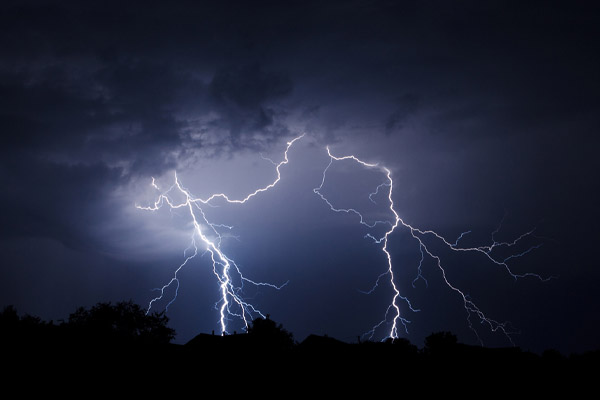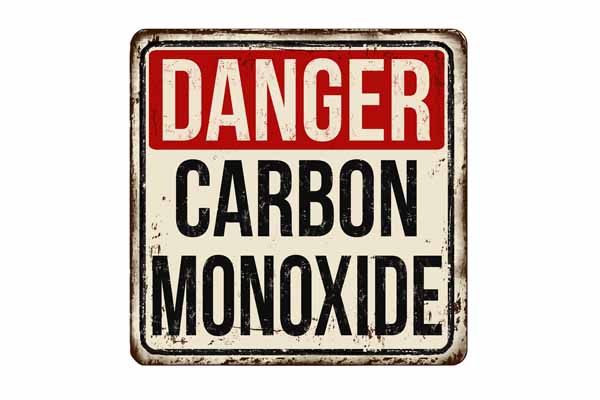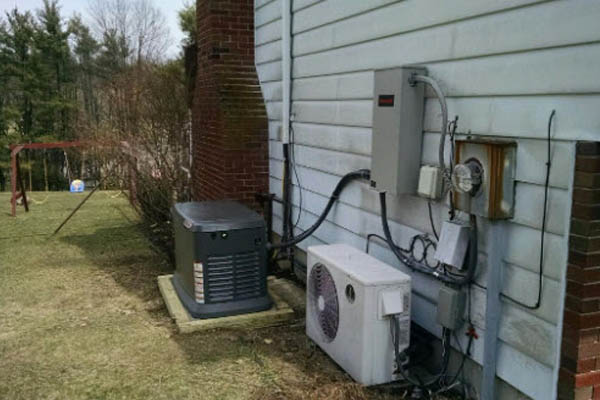Signs it’s Time to Replace Your Standby Generator

Heavy snowfalls and other extreme weather conditions are on the rise in the US. This has resulted in increased demand for standby generators. Standby generators help us maintain our everyday home lives when power outages happen. Therefore, you should ensure that your generator is in good condition at all times to prevent inconveniences. In this article, we discuss some of the tell-tale signs that you are due for a standby generator replacement.
Signs it’s Time to Replace Your Standby Generator
Contents
- Signs it’s Time to Replace Your Standby Generator
- Standby Generator Has Trouble Starting
- Frequent Whole-House Generator Failures & Repairs
- The Backup Generator’s Age
- Excessive Standby Generator Fuel Consumption
- Your Needs Have Outgrown Your Power Generator Size
- Excessive Standby Generator Wear
- Outdated Generator
- Your Generator Emits Excess Carbon Monoxide
- Inconsistent Power Supply From Your Whole-House Generator
- Power Generator Fuel Leaks
- Conclusion
- Call R.F. Ohl For All Of Your Standby Generator Needs
Read on to learn some signs suggesting you need to replace your standby generator.
Standby Generator Has Trouble Starting
A backup generator will start the moment a power outage occurs. If your generator doesn’t start immediately or has trouble starting, it may require replacing. However, determine the possible causes of why your generator isn’t starting up first. You should also learn why you may need to replace your unit.
Frequent Whole-House Generator Failures & Repairs

Consider getting a replacement if your generator often fails and the repairs cost you massive amounts of money. A new generator will help you cut down on costs that you’d have to spend on frequent major repairs.
An excellent method to keep your standby generator running is when it receives regular preventative maintenance. However, get a new one if it keeps failing even after a tune-up so that you don’t experience any mishaps during an emergency.
The Backup Generator’s Age
A standby generator’s service life depends on its maintenance and size. A diesel-powered generator can operate for a minimum of 12,000 hours and a maximum of 20,000 hours before its engine requires an overhaul.
If your area experiences power outages often, your generator will run for more hours. This shortens your generator’s lifespan. You will be better prepared in case of emergencies if you replace a generator that has served you long enough.
Excessive Standby Generator Fuel Consumption

Different standby generators use fuel differently, as each model is unique. Observing your generator’s energy usage helps you become familiar with how it consumes fuel, so you notice when the generator’s consumption increases to extreme levels.
Excessive fuel consumption means your generator is losing speed, so consider getting an upgrade. Choose a more modern model that features efficient and effective fuel consumption.
Your Needs Have Outgrown Your Power Generator Size
When you move to a home with more electrical appliances or your business grows, you will have increased energy needs. As a result, the undersized generator will struggle to meet your energy needs, use excessive fuel amounts, and have a shorter lifespan.
Replace it with a bigger model. This way, you are sure that your home’s needs are met without putting a lot of strain on your generator.
Excessive Standby Generator Wear
All pieces of machinery eventually experience wear and tear. However, poor or no maintenance causes faster wear and tear to your standby generator. Exposing your generator to extreme weather conditions, debris, and dirt can shorten your generator’s lifespan.
Replace your generator when you notice that it has corrosion. This is because the engine may be rusting as well. Rust slows down the speed of your standby generator, making it unreliable and may render it useless in some situations.
Outdated Generator
The continuous technological advancements mean generators are also constantly upgraded. Therefore, the standby generator that caused an uproar in the industry a decade ago may be an outdated model today.
When upgrades happen, the old spare parts may not be produced anymore. Maintenance tools and techniques can also change. Therefore, the manufacturer may not be of much help when you require generator repairs.
Avoid the hassle and change your generator along with the changing times. It is recommended that you upgrade to generators with new technology as soon as the market introduces them.
Your Generator Emits Excess Carbon Monoxide

The Clean Air Act regulated emissions from generators and other stationery and mobile sources. Therefore, it is advisable that you become familiar with the laws and regulations so you know what is expected of you.
A report narrated that fatal non-fire CO exposure cases from generators total 655 from 2005 to 2016. There were 880 deaths reported during this same period.
Ensure that your generator doesn’t pose a risk to the environment and the health of others. To do so, the carbon monoxide levels must be measured and recorded frequently. It is likely time to replace your generator if you notice an increase in your CO levels. Invest in a generator with built-in carbon safety technology so you remain safe from these emissions.
Inconsistent Power Supply From Your Whole-House Generator
A standby generator should be able to provide you with sufficient and consistent power. A generator suffering from over or under-voltage may cause damage to your electrical appliances. The generator may also produce an unstable power supply when there’s no output voltage. Replace your generator when even repairs aren’t enough.
Power Generator Fuel Leaks

Fuel leaks are common and solvable generator issues, but their consistency may result in fire and explosions. Find the cause of the leak before choosing between repair or replacement. If it cannot be fixed, replace it immediately. The components you should check for leaks are:
- The fuel lines may have been damaged by rain or cracked because of old age. These can cause fuel leaks.
- Fuel tanks may have been damaged because of corrosion, neglect, and puncture.
- Dry or damaged carburetor bowls and gaskets may impact the seal and cause a leak.
- Pipe failure can be caused by loose connections, manufacturing problems, and poor welding and maintenance of the connections. This can result in fuel tank leaks.
- The shutoff valves may have gotten loose or damaged as time passes, causing a leak.
Some of the parts mentioned can be repaired, depending on how damaged the component is. If repair isn’t an option, replace your generator.
Conclusion
Standby generators are essential, especially in places with frequent power outages. Test the performance of your generator using load banks to ensure you have a reliable power source. This way, you have power even during outages that last several hours. Look out for the signs listed in this article to know when you should replace your standby generator.
Call R.F. Ohl For All Of Your Standby Generator Needs

R.F. Ohl is a leading generator installation service provider throughout the Poconos and the Lehigh Valley, Pennsylvania. We offer backup generator installation and specialize in generator repair, replacements, and maintenance services. Our team is made up of the best service contractors who are well-trained in the most advanced methods of generator techniques. Call or contact us online today to learn more about whole-house generator installation. We offer free, in-home estimates. Click the link to view our service area.
Contact R.F. Ohl today and let experts in the industry answer all your generator questions.
Click here to contact us today or give us a call at (610) 377-1098 if you have any questions.